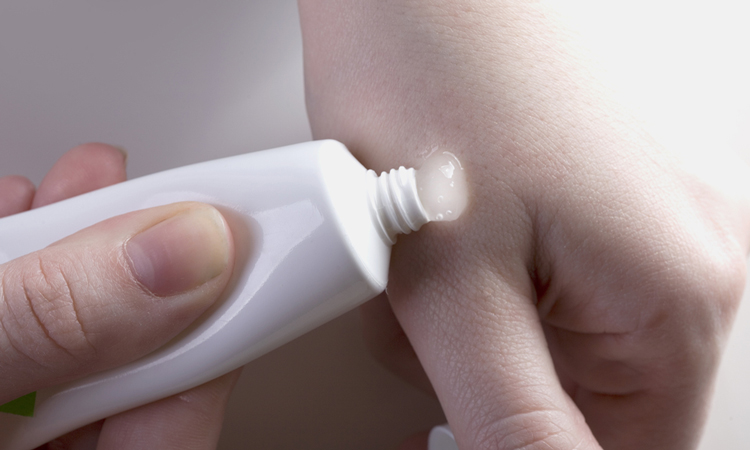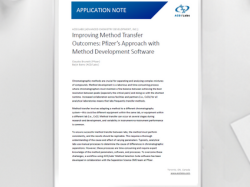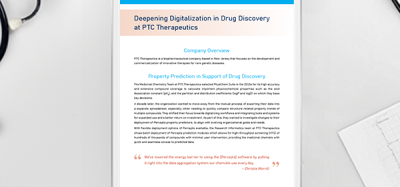Raman spectroscopy and mass spectrometry to be used in study of topically applied drugs
Posted: 3 March 2020 | Victoria Rees (European Pharmaceutical Review) | No comments yet
The US FDA will fund a research project using Raman spectroscopy and mass spectrometry to study drug delivery via the skin.


A team of scientists has been granted research funding from the US Food and Drug Administration (FDA) to use advanced tools such as Raman spectroscopy and mass spectrometry for the assessment of drug delivery to the skin.
The researchers, from the UK National Physical Laboratory (NPL), Bath University, UK, and Colorado School of Mines, US, will develop better methods to assess the performance of topically applied drug products. These include creams and lotions for conditions like acne, psoriasis and eczema.
…this will lead to new and accurate methods for the measurement and standardisation of topically applied drugs”
The team emphasise that current approaches to analyse topical drug delivery (such as skin penetration tests, microdialysis and tape-stripping) can be time-consuming, expensive and technically challenging. Both industry and the regulatory authorities are therefore motivated to identify standardised, reproducible and validated protocols that accurately reflect the quality and performance of these drug products. A key challenge that the team aim to overcome is to distinguish the signal from the drug in the skin from the background signals originating from the skin itself.
The NPL will contribute a stimulated Raman spectroscopy – a non-invasive, accurate and sensitive tool to determine the rate and extent at which a topically administered drug becomes available at its site of action within the skin. The method enables analysis of the drug and quantification of its transport across the skin in real time. Alongside this, NPL’s mass spectrometry imaging expertise enables the results from the Raman experiments to be rigorously calibrated and validated.
These powerful imaging techniques will provide complementary information to allow a detailed analysis of drugs that are applied to the skin. According to the researchers, this will lead to new and accurate methods for the measurement and standardisation of topically applied drugs and ultimately, the development and broader accessibility of more effective products.
Dr Natalie Belsey, Senior Research Scientist at the NPL said: “Coherent Raman-based optical imaging methods enable non-invasive, real-time chemical measurements. The mass spectrometry imaging capability at NPL brings major benefits of sensitivity and chemical specificity. In combination, these complementary spectroscopic imaging methods offer a powerful technology tool kit with which to asses and enhance the performance of formulated drug products.”
Professor Richard Guy at Bath University explained: “The project aims to develop and validate a novel and non-invasive application of Raman and mass spectroscopic techniques to evaluate the bioavailability of a topically applied drug in the skin. The successful attainment of this objective will advance regulatory science and accelerate the route-to-market of new drug products.”
Related topics
Analytical techniques, Drug Delivery Systems, Imaging, Mass Spectrometry, QA/QC, Raman Spectroscopy, Research & Development (R&D)
Related organisations
Bath University, Colorado School of Mines, National Physical Laboratory (NPL), US Food and Drug Administration (FDA)









